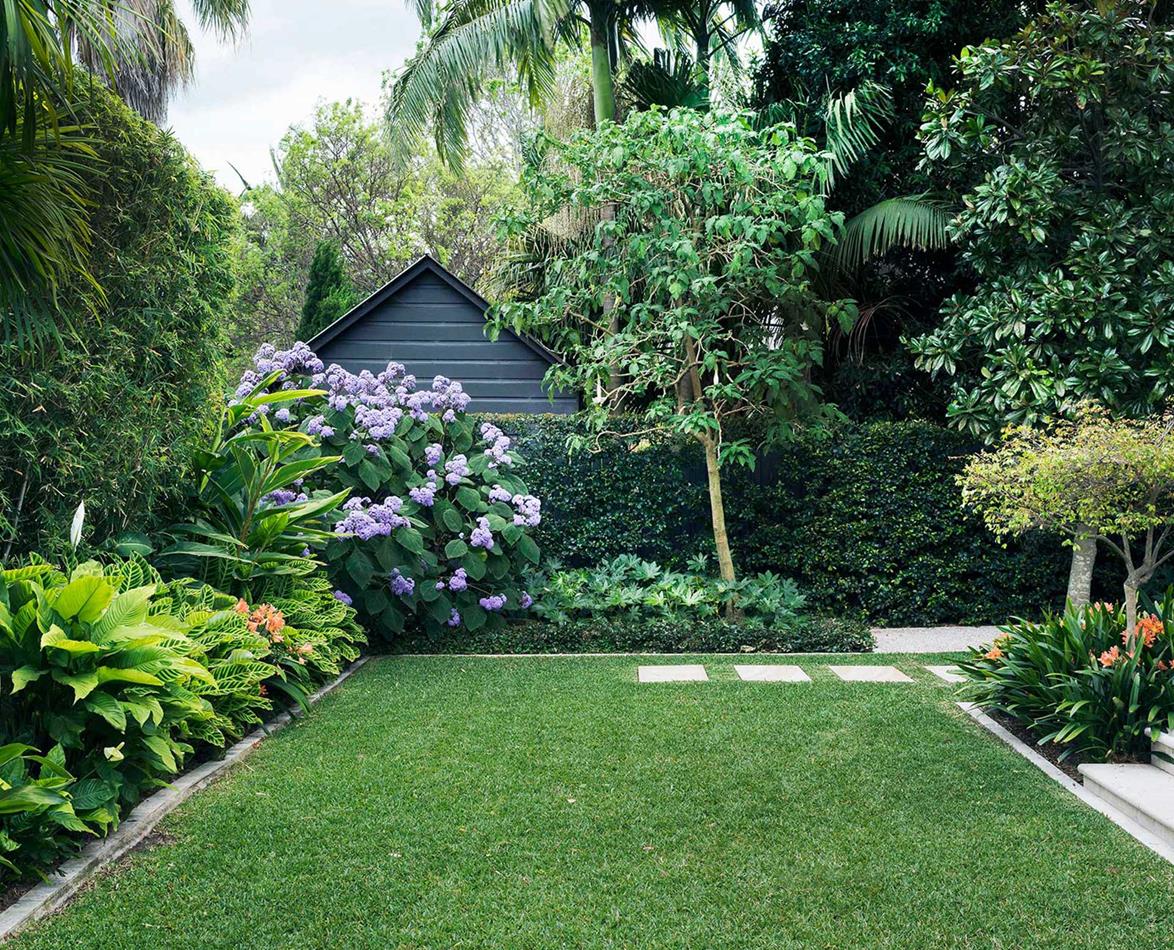
Join our Great Gardens Club!
Sign up to enjoy 15% off your first purchase from Baileys online. Plus, get our monthly WA gardening tips, latest news and promotions straight to your inbox.

Sign up to enjoy 15% off your first purchase from Baileys online. Plus, get our monthly WA gardening tips, latest news and promotions straight to your inbox.

The 1st of March marks the start of Autumn. Summer may be officially over, however the potential for hot temperatures is still around. The official March stats for Perth is an average:
The combination of warm days, long sunlight hours and increasing rain makes for great lawn growing conditions, and your lawn is likely in need of some TLC after a hot summer.
Your focus in Autumn should be to revitalise and strengthen your lawn in preparation for the cooler months when it slows down into a certain level of dormancy. A healthy lawn heading into winter will ensure it's better prepared for the cold, possible frost and make for a quicker spring recovery.
Energy Turf - Technical Information
To maintain that professional colour and finish, apply Baileys GT Green Plus between granular applications - every 4 weeks.
Raise the height of your mower a couple of notches. Mowing your lawn, a little longer in Autumn helps it absorb more sunlight and protects it from the cooler weather.